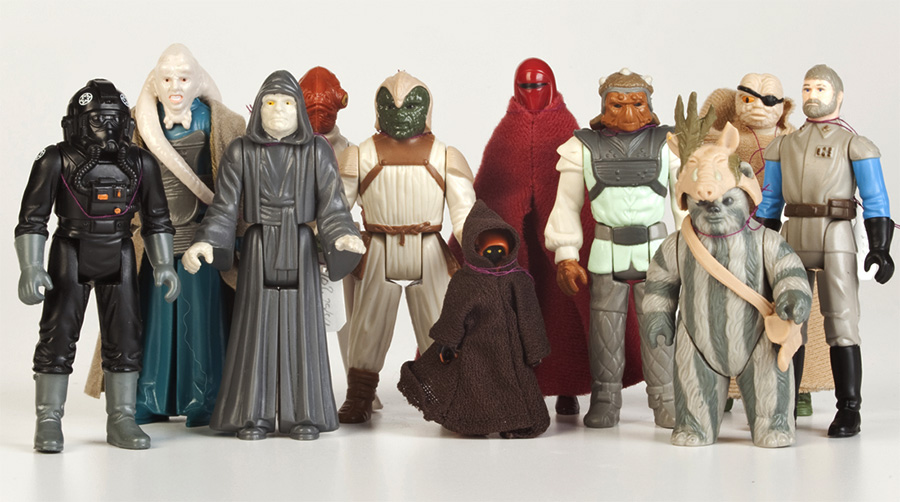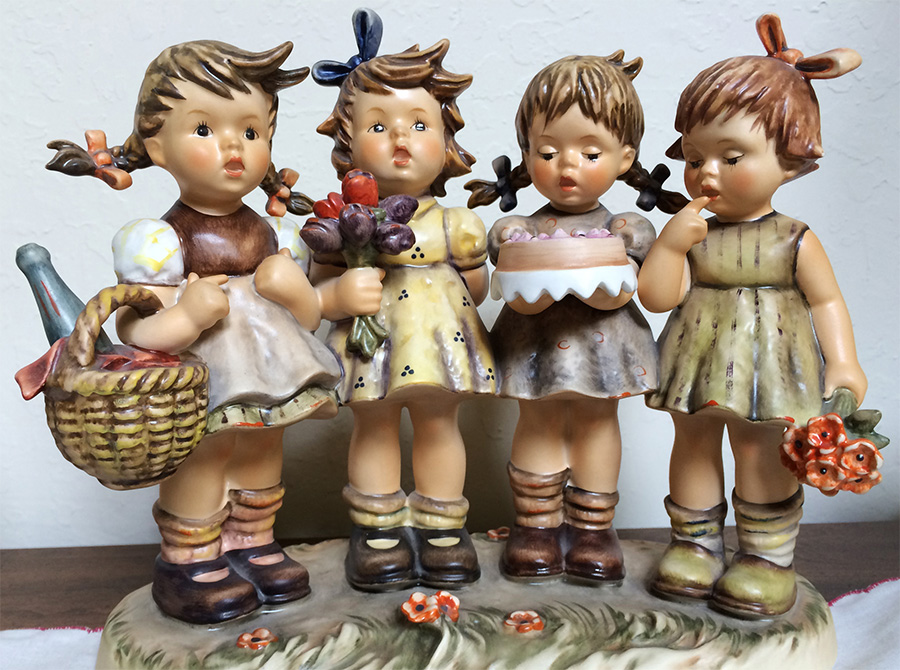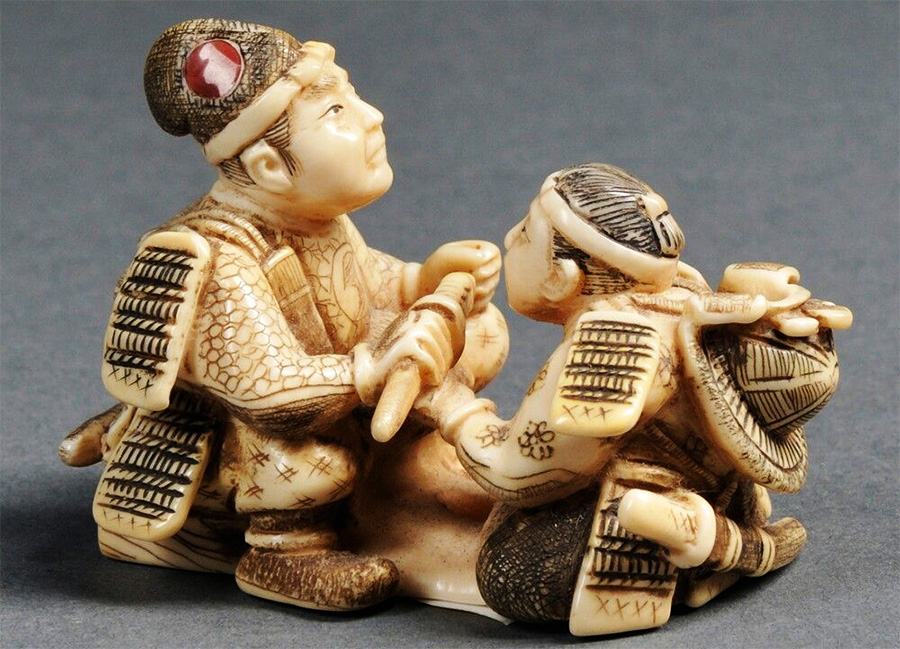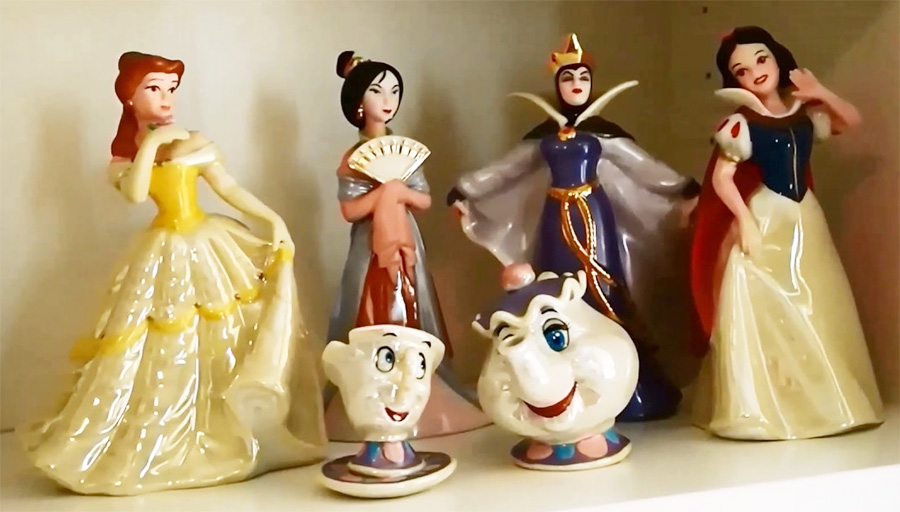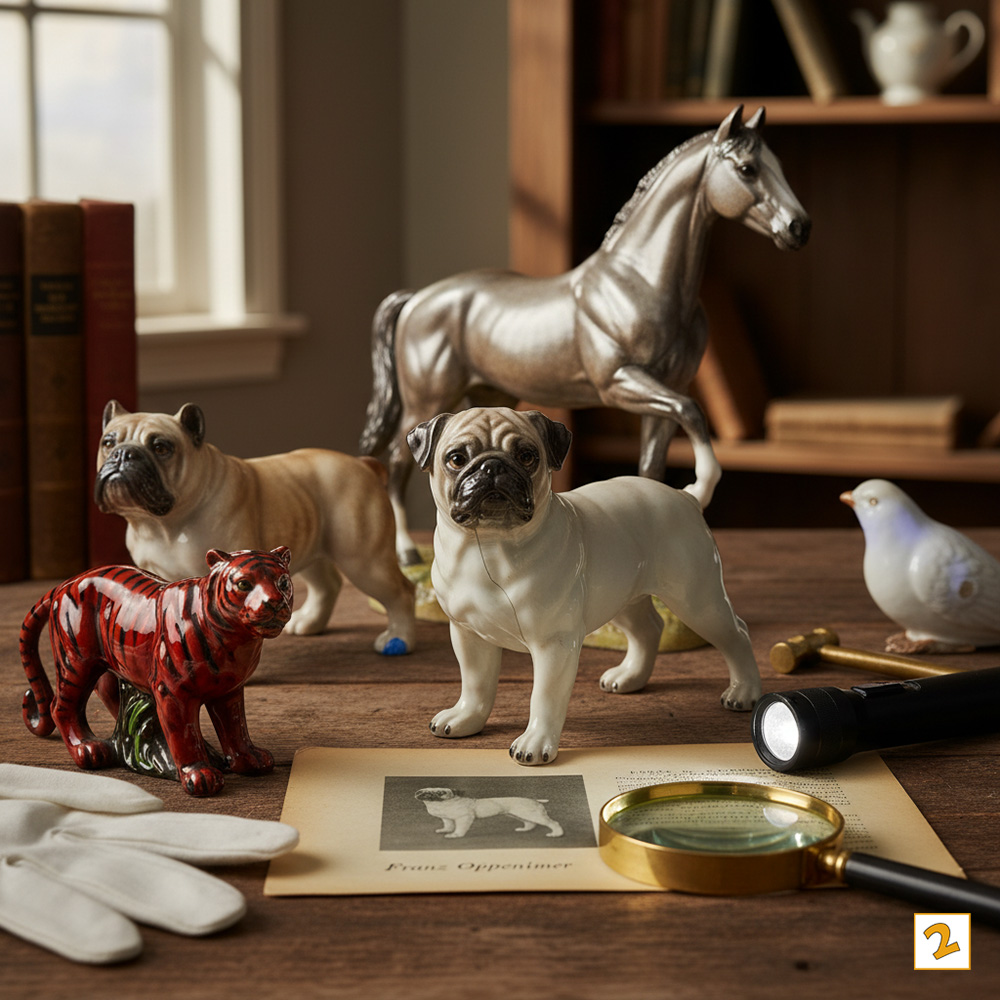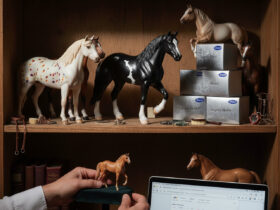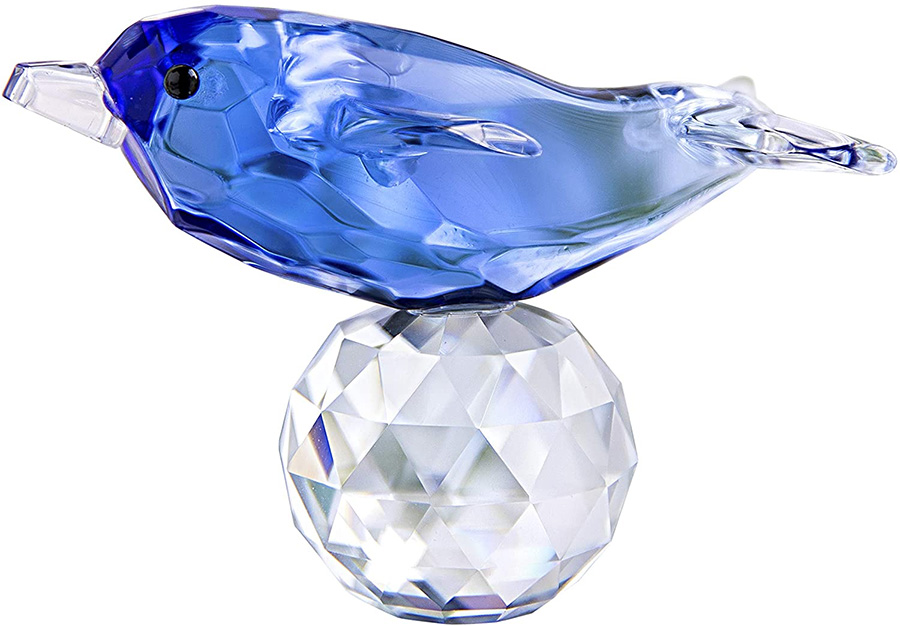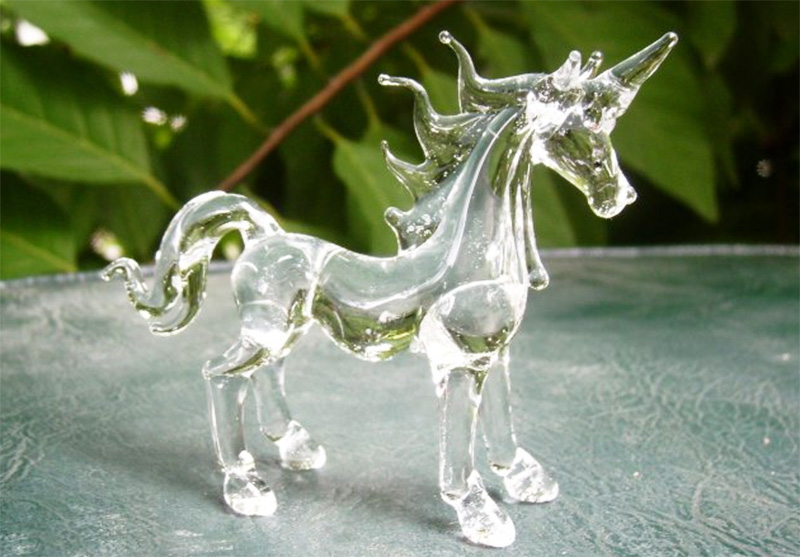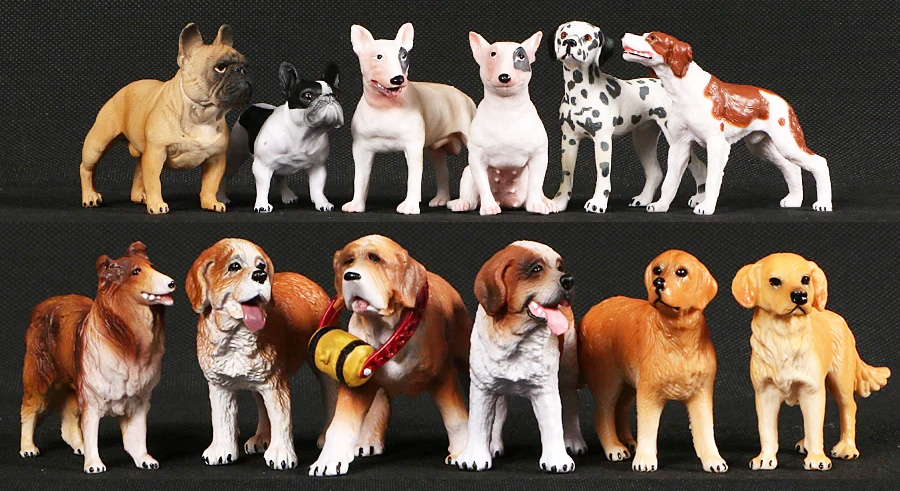Walk through any antique mall or browse a high-end auction catalog, and you’ll see them: a porcelain dog with a soulful gaze, a bronze stag caught in mid-leap, a crystal bird that seems to defy gravity. For many, these are just decorative objects, charming knick-knacks destined for a dusty curio cabinet. But for a collector, they are so much more. They are tiny sculptures, vessels of history, and, in some cases, astonishingly valuable assets.
We often get caught up in the brand name stamped on the bottom—Meissen, Herend, Royal Doulton, Breyer. And while the maker is a crucial starting point, it’s not the end of the story. It’s the launch pad.
The real magic, the force that separates a $50 trinket from a $50,000 treasure, lies in a holy trinity of factors that go far beyond the logo. It’s a story told not just by who made it, but by how many were made, how well it has survived, and where it has been for the last hundred years.
This is the collector’s true language. It’s not about just seeing a figurine; it’s about learning to read its secrets. It’s about understanding the nearly-invisible hairline crack that cuts its value by 75%, or the faded ink on a piece of paper that proves it once sat on a king’s desk, multiplying its value by a factor of one hundred.
Forget what you think you know. Let’s look deeper and uncover the three hidden pillars of value: Rarity, Condition, and Provenance.
1. Rarity: The Art of Scarcity
Rarity is the most fundamental driver of value in any collectible market. It’s simple supply and demand. If everyone wants an item and only a few exist, the price will skyrocket. But “rarity” in the world of animal figurines is a wonderfully complex concept, broken down into multiple categories.
Limited Editions vs. Production Rarity
The most obvious form of rarity is the Limited Edition. A manufacturer like Hungary’s Herend has perfected this. They will release a stunning, intricate animal figurine—perhaps a tiger in their signature “fishnet” pattern—in a “Reserve Collection,” explicitly stating that only 150 will ever be made. Each is numbered (e.g., “75/150”) and comes with a certificate. This manufactured scarcity instantly establishes a high baseline value, often placing these pieces in the $2,000 – $5,000 range right out of the gate.
But far more interesting is unintentional rarity—when production quirks, historical events, or artistic difficulty create scarcity that was never planned.
- Artist & Glaze Rarity: Consider Royal Doulton’s “Flambe” wares. This fiery, blood-red glaze, inspired by ancient Chinese techniques, was notoriously difficult and expensive to produce. The high failure rate meant that fewer pieces, especially complex animal models, ever made it to market. Because of this, a Flambe “Mouse on a Cube” figurine can fetch over $2,300, while its standard-color counterpart might be worth a fraction of that. Similarly, early Meissen animal figurines sculpted by the 18th-century master Johann Joachim Kaendler are among the most valuable in the world. His “Monkey Orchestra” figures or 19th-century pugs can command $10,000 or more, not just for the Meissen name, but for his specific, genius-level artistry.
- Event & Test Model Rarity: This is where values can become truly mind-boggling. In the world of Breyer model horses, the holy grails are often “test models”—one-of-a-kind pieces created to test a new color or finish before production. At the 2022 BreyerFest live auction, a test model known as the “Glossy Silver Dun Pegasus” (a unique color on a specific mold) was estimated to sell for a respectable few thousand dollars. A fierce bidding war erupted, and the hammer finally fell at $65,000. The buyer wasn’t just purchasing a plastic horse; they were purchasing the only one of its kind in existence.
Rarity Hiding in Plain Sight: What to Look For
Sometimes, rarity is a subtle detail only a trained eye can spot.
- Breyer’s “Chalkies” and “Glossies”: During the 1970s oil crisis, the white plastic Breyer used became expensive. To cut costs, they sometimes molded horses from lower-quality, colored plastic (blue, green, yellow) and then covered it with a thick white base coat before painting. These are known as “Chalkies.” They are far rarer than their standard white-plastic cousins and thus more valuable. You can often identify one by looking for tiny chips or rubs on the hoof bottoms or ear tips, which reveal the non-white plastic underneath. Likewise, most Breyer models have a standard matte finish. The company periodically releases “glossy” versions, which are less common and highly sought-after, often commanding a significant premium.
- Royal Doulton’s “HN” Numbers & Prototypes: Every Royal Doulton figurine has an “HN” number on its base (named for Harry Nixon, the head of the painting department). This system is chronological, so a low number (like HN153, a WWI-era bulldog) tells you it’s an early, and likely valuable, design. But the true treasures are prototypes and “colorways.” These are test pieces that were never put into mass production. They may have no HN number or be marked “Trial.” Finding a documented prototype is like finding a golden ticket. A standard “Wife of Bath” figurine (HN1467) might be worth $200. A rare prototype of the same figurine, in a different color scheme, was valued at over $10,500.
- Reading the Marks: The stamp on the bottom is your first clue. The Meissen “Crossed Swords” mark has changed subtly over 300 years; experts can date a piece to within a decade based on the pommels of the swords. A crucial date for any porcelain is 1891. The US McKinley Tariff Act required all imported goods to be stamped with their country of origin.
- If a piece is only marked with a factory symbol, it was likely made before 1891.
- If it’s marked “England” or “France,” it likely dates from 1891 to around 1921.
- If it’s marked “Made in England,” it was almost certainly made after 1921. This simple knowledge can instantly help you separate a true antique from a 20th-century reproduction.
2. Condition: The Tyranny of Perfection
A figurine can be the last one of its kind on Earth, but if it’s in pieces, it’s worth little to nothing. In high-end collecting, condition is not just important—it is everything. The market is ruthless, and the standard is perfection.
A “mint” piece is one with no damage whatsoever. A “Mint in Box” (MIB) piece is even better, retaining its original box, packaging, and any certificates of authenticity. The original box alone can account for 30-50% of the total value.
To appraise a piece like an expert, you need to look for damage far more subtle than a clean break. You must hunt for flaws using your eyes, your fingers, and even a blacklight.
An Expert’s Glossary of Figurine Damage
- Restoration (The Hidden Flaw): A professional restoration can be nearly invisible to the naked eye. An expert can seamlessly re-attach a finger, fill a chip, and perfectly match the paint and glaze. This is where you bring in the secret weapon: a UV blacklight. Take the figurine into a dark room and shine the UV light on it. Original, old-world porcelain and glazes will fluoresce a uniform color (hard-paste often glows a deep purple or blue). Modern glues, fillers, and paints, however, will glow a different, often bright white or greenish color. A “restored” piece, while it looks perfect, is worth a tiny fraction of an original “mint” piece.
- Crazing (The Spider-Web): This is a network of fine, spidery cracks in the glaze of the piece, not in the porcelain itself. It’s caused by a mismatch in the cooling rates of the clay body and the glaze when it was first fired. For 99% of collectibles, crazing is a significant flaw that dramatically lowers value. It’s also unhygienic, as the cracks can harbor bacteria, making any crazed dishware unsafe for food.
- The Exception: In some types of pottery, like Japanese Raku, this “crackle glaze” is intentional and desirable. For extremely old antiques (18th-century, for example), some light, even crazing is often accepted as a sign of authentic age.
- Cracks (Hairline vs. Spider): A hairline crack is a single, fine fracture. It may not go all the way through the piece, but it is a structural failure. A spider crack (or “star” crack) radiates from a central point of impact. The easiest way to check for a hairline crack is the “ring test.” Gently tap the rim of the porcelain with your fingernail. A perfect piece will have a bright, musical “riiiiiing.” A piece with a hairline crack will produce a dull, short “thud.” This sound is the death knell for its value; a single hairline can reduce a figurine’s worth by 70-80%.
- Glass Sickness (The Irreversible Cloud): This affects glass and crystal figurines (like Lalique or Swarovski). It’s not a stain; it’s a progressive, irreversible “disease” caused by chemical instability in the glass (not enough lime in the original formula). It manifests in several ways:
- Misting/Foxing: A permanent, hazy cloudiness, often on the inside of a vase.
- Weeping: The glass feels damp or “sweaty” to the touch.
- Crizzling: A network of fine, glistening cracks, similar to crazing, that makes the glass look shattered. A piece with glass sickness has virtually no collector value.
- Patina Damage (On Bronze): A bronze figurine’s color—from green to dark brown—is its “patina,” a layer of oxidation that protects the metal. Good patina is desirable. Bad patina, or damage, comes from two things:
- Pollutants: Acid rain or chemicals can cause an uneven, streaky, or “scabby” green patina.
- Abrasion: Improper cleaning with harsh chemicals or abrasive polishers can strip the patina entirely, revealing the raw, pinkish-salmon color of the bronze underneath. This is considered severe damage.
3. Provenance: The Story of Ownership
This is the most romantic and, in many ways, the most powerful value-multiplier of all. Provenance is a simple concept: it is the item’s documented history of ownership.
Who held it? Where has it been?
A simple figurine, on its own, may be worth $200. But if you can prove—with receipts, letters, or auction catalogs—that the exact same figurine was a gift from royalty or sat on the desk of a famous celebrity, its value is no longer tied to the object itself. It becomes a historical artifact, and the price can multiply ten, fifty, or even a hundred-fold.
Most of the time, this is a minor factor. But when the provenance is strong, it eclipses everything else. There is no better example than the story of the Oppenheimer Meissen Collection.
The Ultimate Provenance Story: A $2M Collection Sells for $15M
In the 1920s, Dr. Franz and Margarethe Oppenheimer, a Jewish couple in Berlin, assembled one of the world’s finest collections of 18th-century Meissen porcelain. Their collection was legendary, filled with early, rare pieces, including many commissioned by Meissen’s founder, Augustus the Strong.
In 1936, they were forced to flee the rising Nazi regime. Their entire collection was expropriated by the Nazis and slated for Hitler’s planned “Führermuseum.”
After the war, the collection was recovered by the Allied “Monuments Men” (the heroes featured in the George Clooney film). It was transferred to the Dutch government and spent the next 60 years on display in museums, including the famous Rijksmuseum in Amsterdam, its tragic history largely unknown.
In 2021, after a long restitution battle, the 117-piece collection was finally returned to the Oppenheimer’s heirs. It was sent to Sotheby’s in New York for auction. Based on the items themselves—the vases, tea services, and figurines—experts estimated the collection would sell for around $2 million.
They were wrong.
The world’s top collectors and museums didn’t just see porcelain; they saw the story. They saw the Oppenheimers’ impeccable taste, the darkness of the Nazi theft, the heroism of the Monuments Men, and the justice of its final return. A bidding frenzy erupted.
The collection didn’t sell for $2 million. It sold for $15.2 million, more than seven times its estimate.
A Meissen armorial tea service estimated at $180,000 sold for $1.35 million. A mantel clock case estimated at $400,000 sold for $1.6 million. The value was no longer in the clay; it was in the story. That is the power of provenance.
A Vessel of History
So, the next time you pick up a small, forgotten animal figurine, look closer. Turn it over. Run your fingers along the rim and listen for the “ring.” Look for the tiny, faded numbers on the base and the tell-tale glow of a repair under a blacklight.
You may just be holding a simple, charming decoration. But you might also be holding a rare survivor, a one-of-a-kind artist’s trial, or a silent witness to history. The brand on the bottom is just the first word of the story. Rarity, condition, and provenance are the chapters that turn a simple object into a legacy.

